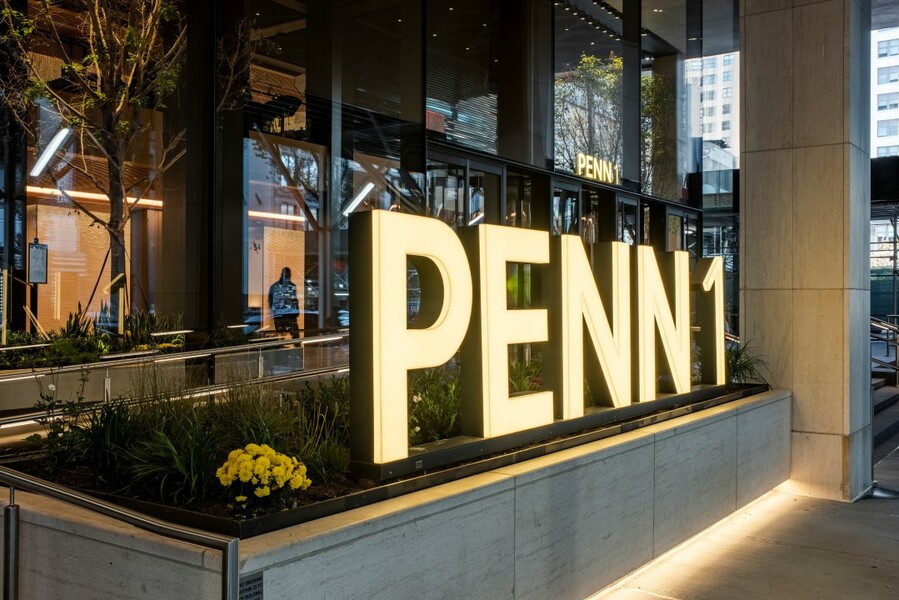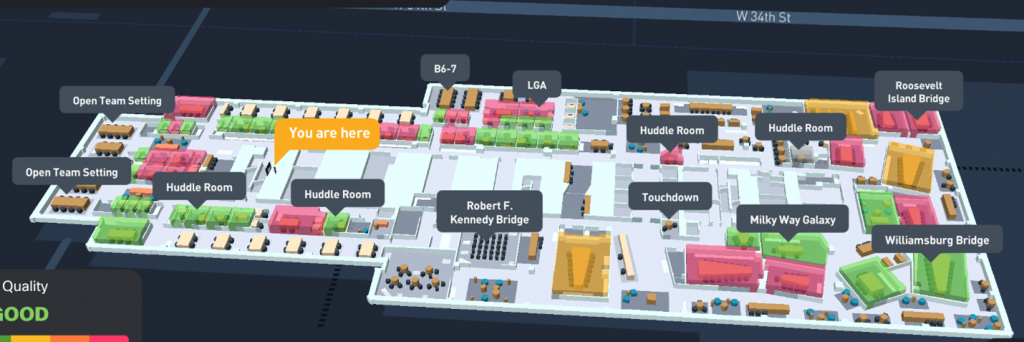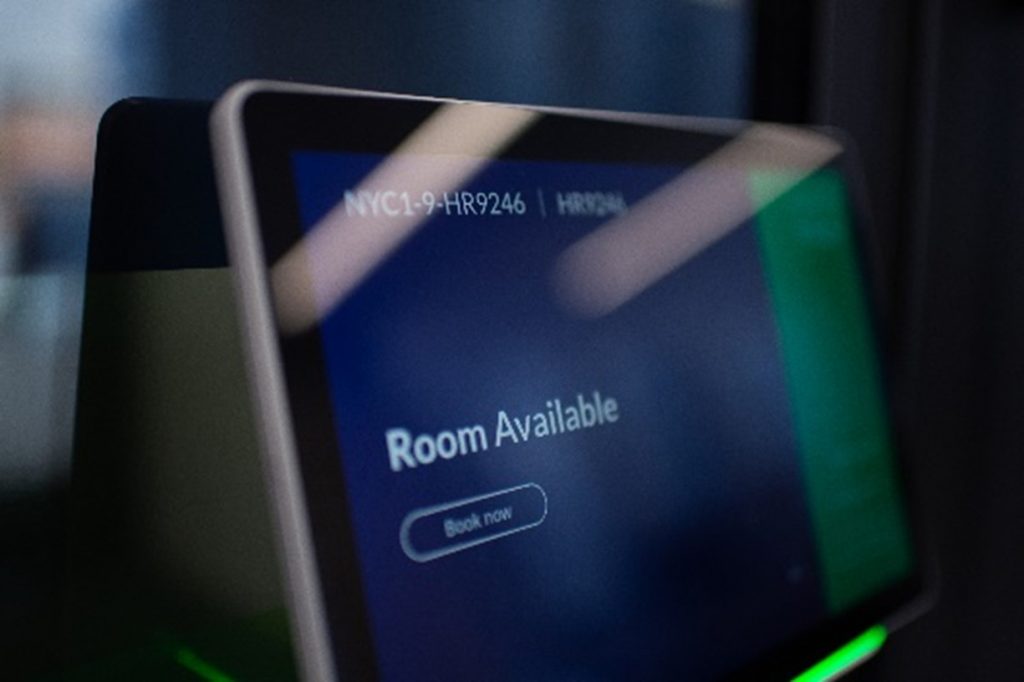- Half of Firms Suffer Two Supply Chain Incidents in Past Year
- Data strategy e qualità del dato: come gettare le basi per implementare l’AI
- INE Security Alert: $16.6 Billion in Cyber Losses Underscore Critical Need for Advanced Security Training
- From help desk to AI harmony: Redefining IT support in the age of intelligent automation
- F5 grabs agentic AI startup Fletch to bolster security platform
Cisco PENN1 – Making hybrid work, work for offices

Powering an inclusive future for all.
For decades Cisco has been evolving and expanding the way it positively impacts people and the planet. These efforts have been described by many names—CSR, ESG, social impact—but at the end of the day, the core of all these efforts has centered around a larger purpose.
The focus has been on areas where we believe we can make the most significant impact on the environment: addressing climate change, driving a circular economy, and being responsible stewards of the planet’s limited resources. We have actively developed technology solutions that help our customers to reduce their own environmental footprints, and support partners as they innovate solutions to respond to the consequences of a changing climate.
In this moment of disruption, it has become clear that we all have an opportunity to challenge old assumptions and that the concept of hybrid work, a flexible work model that supports a blend of in-office, remote, and on-the-go workers is here to stay. This has been the guiding principle for Cisco as we reevaluate and reimagine our own in-office facilities across the globe.
The Making of PENN1 – drinking our own champaign
We have been nurturing the foundational technology behind our smart building solution for over ten years. Again, described by many names – digital building, building management systems (BMS), building automation systems (BAS) – Cisco’s Smart Building solution has rapidly evolved to allow Cisco and our customers to reimage the in-office workplace. Instead of looking at each of the building’s systems as individual elements, we now can integrate all systems to be a unified whole, with the network acting as the fourth utility. This allows us to focus more on what our buildings can do for us rather than what we can do with our buildings.
There is no better example of this than our own retrofit of our office space at PENN1 in New York City. Working alongside our architects and engineers from Gensler, and our technology partners we were able to take an integrated approach resulting in a solution that simplifies building management, reduces operational costs and enables a hybrid work environment that has well exceeded even our own expectations. Based on our foundational Catalyst 9000 switching, access points, and 90W PoE technology, combined with Cisco DNA Spaces, Webex collaborations tools, Meraki camera, Igor, Molex, and Mecho PoE lighting, shades, sensors, and controls, we have been able to create a workspace designed for collaboration and an enhanced user experience.
When optimizing for collaborative “we spaces” rather than the traditional “me space” we understood that collaboration is not a single activity. Sharing information, making decisions, and brainstorming each has a specific set of technology requirements (single or dual display, display size, video-centric vs. interactive board). Once defined, we were able to focus on the details that support the activity, refining things like table shape and orientation, surface size, the posture of seating, and then the overall layout of the space including ambiance, density, and acoustics. This approach is about technology “designed in” verses “added on”.

Taking a quick tour, on entry, employees and guests can locate meeting rooms and evaluate floor space density with the Cisco DNA Spaces dashboard to help manage a safe and healthy workspace.

Meetings rooms come alive when you walk in with dynamic digital signage, integrated with live video. Customize any screen, anywhere, at any time with your customers’ logos, personal messages, live social feeds, and any other customized creative content.

From large training rooms to the ultimate immersive video conferencing experience, built for the modern C-suite, to small huddle spaces, to hot-desking to the Grand Community lounge, Cisco’s PENN1 facility is a showcase of what is possible.
“The PENN1 retrofit has been an amazing success. The seamless interaction and integration of lighting, shades, HVAC and sensors has been key. While Cisco provides the foundational elements, it is our partnership with our smart building partners that make it all work.”
Bob Cicero, Leader, Regional Sales
Watch to learn more about our smart building technology:
You can also join us and our partners from Igor, Molex, Mecho, and Teknion as we discuss:
The Making of Cisco’s Penn 1 Smart Building:
A Technical Journey
Insider Series for Networking
Thursday, May 19, 2022
10:00AM Pacific Time
(San Francisco, GMT-08:00)
Visit Cisco Insider Series for Networking to register to watch the webinar.
Learn how Cisco and our partners can make your building safer and more efficient
Share:

